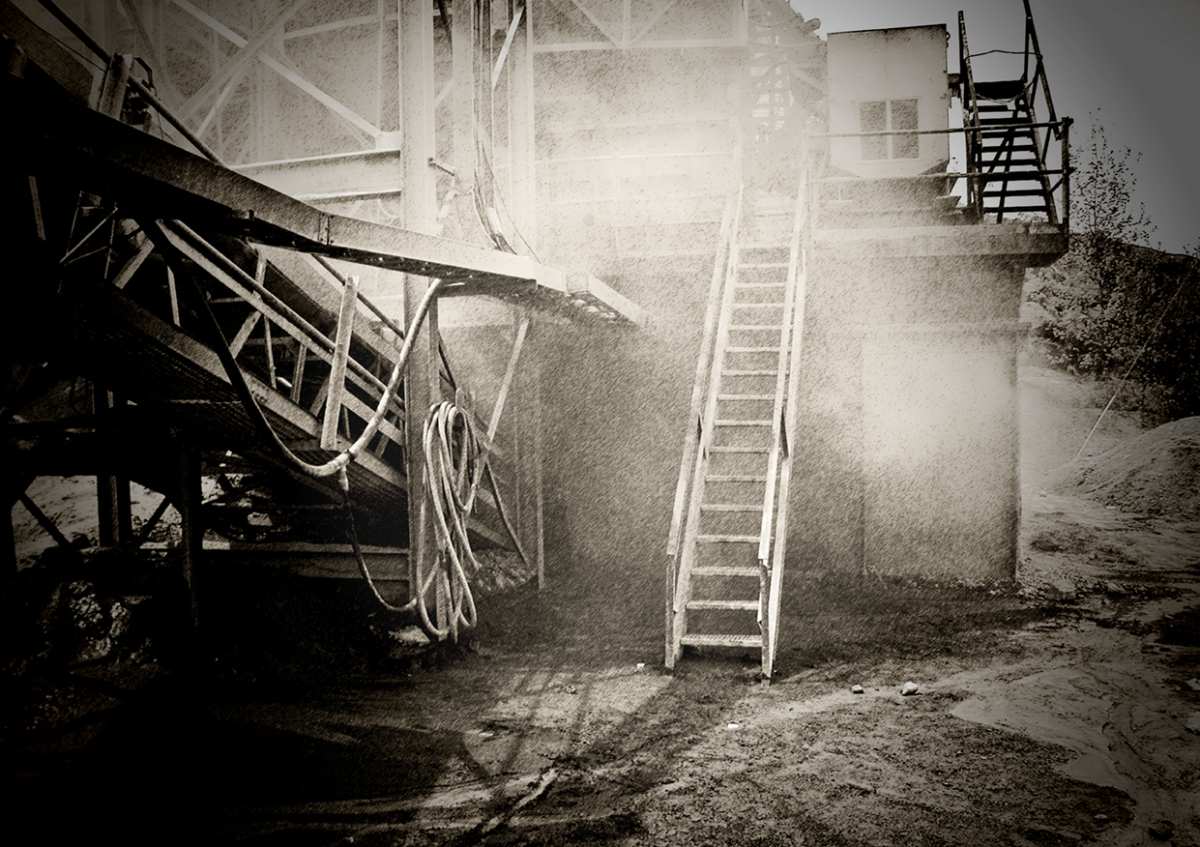Complying with Respirable Silica Dust Regulations
- OSHA 1910 limits conveyor workers' exposure to respirable crystalline silica dust
- Conveyor users, governed by OSHA, have only until June 23 to comply with the new law
- Most transfer points generate more dust than they need to, unnecessarily exposing workers to dust and owners to fines
- Carryback on the belt increases the amount of silica dust workers are exposed to
- Operators cannot comply solely with the use of respirators. The dust must be prevented at the source to properly inspect, operate and maintain conveyors. (1910.1053(f)(1)
- Noncompliance fines expected to reach $40,000- $70,000
- MSHA expected to enforce soon

How Martin Can Help Operations Comply:
- Transfer points can create dust but with our products, services, and expertise, we can design, build, and maintain transfer points so that minimal dust escapes
- Most transfer points use some sort of dust collection or suppression systems that are costly and not effective enough without any attempt to contain dust
- Dust containment products and strategies prohibit dust and spillage from escaping the transfer
- If dust collection and suppression are still necessary, our dust management solutions are easy to install and maintain and are less costly than central systems. When used in conjunction with containment, workers are effectively protected from dust
- Belt cleaners reduce dust escaping on the belt's return path
